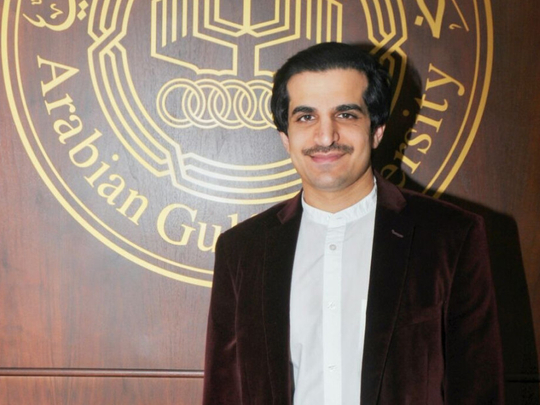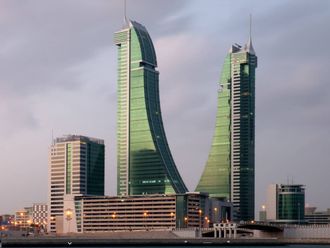
Manama: In order to nurture creativity in their students, educators must have a deep understanding of what creativity is, what creative people are like, how creative products can be evaluated, and how creative environments can be created, a Bahraini expert has said.
However, defining creativity remains a massive undertaking, Dr Ahmad Al Abbasi, a faculty member in the Gifted Education programme at the Arabian Gulf University in Bahrain, said.
“Based on empirical studies, different definitions of creativity were proposed in the last 60 years in order to describe and understand this phenomenon,” Al Abbasi said.
“Some defined creativity as divergent thinking and others argued that all problem solving is creative; however, there is much evidence that creativity is more than divergent thinking and problem solving.”
Reviewing a representative sample of more than 100 definitions showed that almost all researchers in the creativity field agreed that creativity requires both originality/novelty and appropriateness/effectiveness, Al Abbasi said in an article on creativity assessments and definitions.
“Others have added other descriptors in addition to originality and effectiveness such as ‘surprise’ and ‘purposeful.’
The US Patent Office, for example, considers surprise as an essential criterion in addition to novelty and appropriateness,” he said as he reviewed the history of creativity definitions and assessments through his article, “After six decades of systematic study of creativity: what do teachers need to know about what it is and how it is measured?”
After addressing the question “What is creativity?, Al Abbasi tried to answer the second question, “How does the view of creativity relate to the way it is developed in schools? How does the measurement of creative components relate to the fostering creativity?”
Organised according to Rhodes’s 4 P — Conceptualisation of creativity — person, process, product, and press — more than 40 assessments used in creativity research were reviewed.
“Creative process concept applies to motivation, perception, learning, thinking, and communicating. The creative process can be assessed through divergent thinking and problem solving tests such as the Torrance Test of Creative Thinking (TTCT). Divergent thinking tests can offer us with good estimation of the “creative potential,” but, in most cases, they do not predict the creative achievements. Nor do IQ tests.
The second P, according to Rhodes (1961), is creative person, Al Abbasi added.
“The term creative person covers information about personality, intellect, temperament, physique, traits, habits, attitudes, self-concept, value systems, defence mechanisms, and behaviour. The creative person measures aim to assess a number of personality factors related to creative individuals such as ambitious, curious, dreamy, flexible, imaginative, independent, original, and risk-taking.”
The third P based on Rhodes’s 4 P conceptualisation of creativity is creative product.
According to Rhodes 1961, “when an idea becomes embodied into tangible form it is called a product.”
Studies in creativity in terms of product revealed two main approaches: Studies employing quantitative measures such as inventories and scales, and the ‘consensual assessment technique’, used to evaluate creative products through the consensual agreement of judges (experts).
The main idea is that the best individuals to judge whether the product, such as composing music, writing a story or novel, performing a dance, are experts who are familiar with such a product.
“The term ‘creative press’ refers to the relationship between human beings and their environment. Regardless of how creative a person is according to his or her scores on a divergent thinking test or a personality scale, he or she will always need an environment that is encouraging and psychologically safe, an environment that offers him or her opportunities, and, most importantly, an environment that values creativity and creative thinking,” Al Abbasi said.
“Indeed, there are many creative individuals who did not have these characteristics in their environments and still created original and useful ideas and products. However, creativity research designed to examine the influence of the creative environment demonstrated that environment plays a major role in the lives and productivity of creative individuals.”












